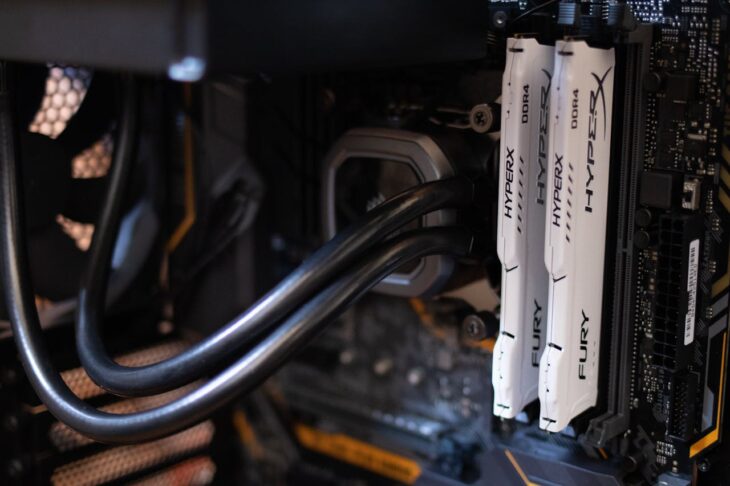
What is a Mining Pool?
Mining pools have become an integral part of the cryptocurrency landscape, playing a crucial role in the process of creating new digital coins. But what exactly is a mining pool and how does it work? In simple terms, a mining pool is a group of miners who combine their computing power and resources to increase their chances of successfully mining cryptocurrency and sharing the rewards.
To fully understand the concept of a mining pool, let’s first take a look at how traditional mining works. In the early days of cryptocurrency, individuals were able to mine digital coins using their own personal computers. The process involved solving complex mathematical equations to validate transactions and secure the network. As the popularity and value of these cryptocurrencies increased, mining became more competitive and challenging. Individuals with powerful and specialized mining equipment had a higher chance of successfully mining coins and earning the rewards.
This is where mining pools come in. In a mining pool, individual miners contribute their computing power to a common pool. The pool then combines the computing power of its members to solve the complex mathematical equations required for mining coins. This greatly increases the chances of successfully mining a block. When a block is successfully mined, the rewards are shared among the members of the pool based on the amount of computing power they contributed.
One of the main benefits of mining pools is that they make mining more profitable for individual miners. By joining a mining pool, smaller and less powerful miners have a better shot at earning rewards, as their computing power is combined with that of the other members. This also helps to even out the distribution of rewards, as smaller miners are able to earn a share of the rewards that would have otherwise gone to larger, more powerful miners.
Another advantage of mining pools is that they can reduce the chances of a single entity or group controlling the majority of the mining power. In a decentralized network like Bitcoin, this is crucial to maintain the integrity and security of the network. If one entity were to control the majority of the mining power, they could potentially manipulate the blockchain, compromising its reliability.
There are different types of mining pools, each with its own payment structure. The two most common types are PPS (Pay Per Share) and PPLNS (Pay Per Last N Shares). In a PPS pool, miners are paid a fixed payout for every share of the block they contribute, regardless of whether the block is successfully mined or not. In a PPLNS pool, the miners are paid based on the number of shares they contributed to the last “N” blocks, which can result in higher payouts for the pool members.
While mining pools have many benefits, there are also some downsides to consider. One potential disadvantage is that miners have to pay pool fees, which can range from 1 to 5% of the total rewards. This means that a portion of the rewards earned by the miners goes towards paying the pool operator. Additionally, some argue that mining pools go against the decentralized nature of cryptocurrencies, as they centralize mining power and control.
In conclusion, mining pools play a vital role in the process of creating new cryptocurrencies. By combining the computing power of individual miners, they increase the chances of successfully mining blocks and earning rewards. While there are some downsides to consider, mining pools have become an essential part of the cryptocurrency ecosystem, helping to make mining more accessible and profitable for smaller miners. As the popularity of cryptocurrencies continues to grow, it is likely that mining pools will continue to play a significant role in the industry.

 Bitcoin
Bitcoin  Ethereum
Ethereum  Tether
Tether  XRP
XRP  Solana
Solana  USDC
USDC  TRON
TRON  Dogecoin
Dogecoin  Lido Staked Ether
Lido Staked Ether